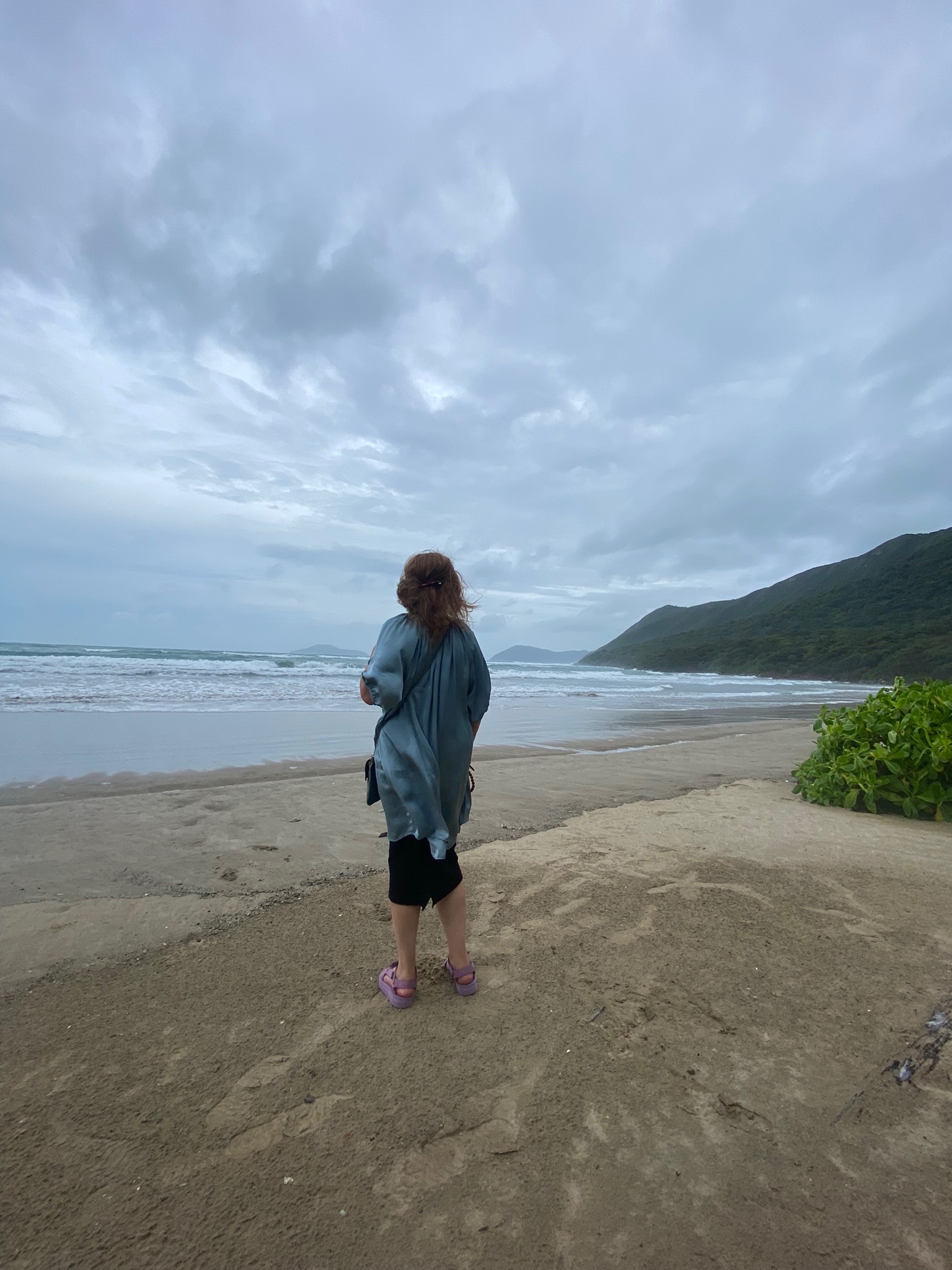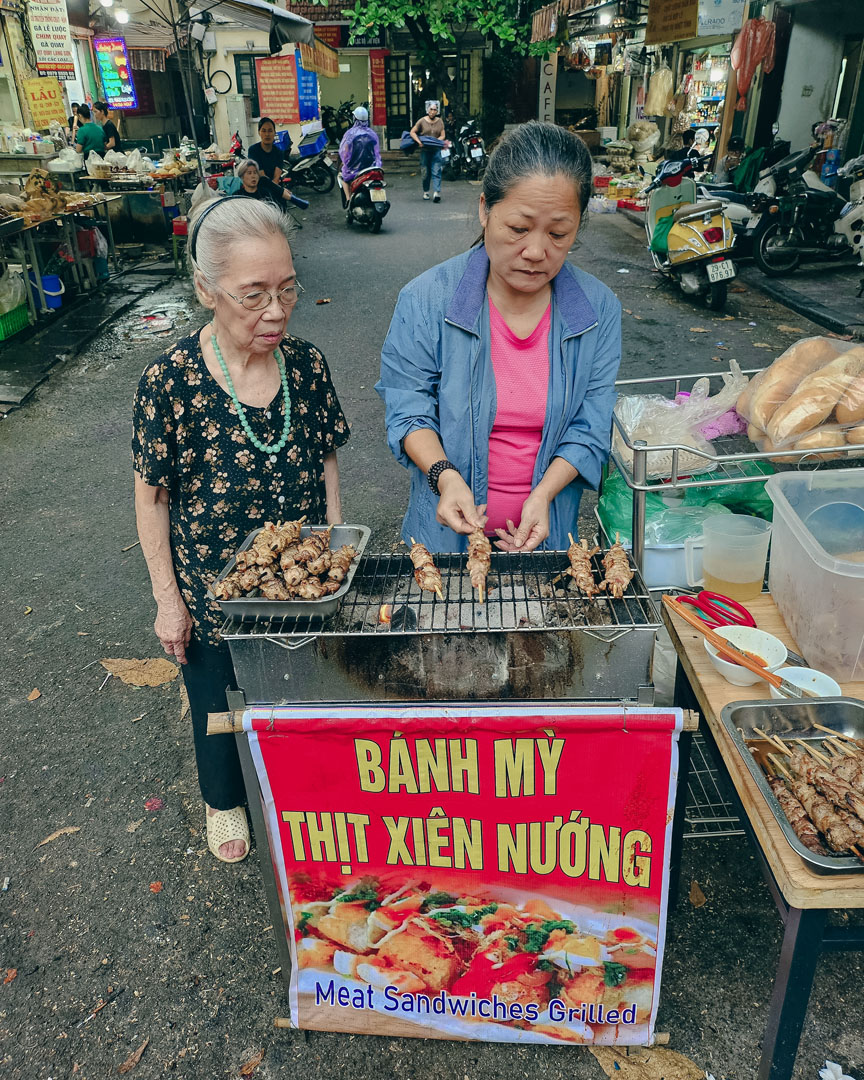Stepping back in time at Vietnam’s Vinh Moc Tunnels

For many visitors to Vietnam, the country’s war history is a major draw. For those who grew up watching news coverage of the Vietnamese-American War (and those who grew up learning about it in school), seeing the key sites first-hand and meeting the people who lived through the conflict is a chance to see things from the other side of the fence. For those who know little about the war, it is a chance to learn more about it and have a deeper appreciation of their travels in Indochina. On my recent visit to Vietnam, I visited the Vinh Moc Tunnels for a glimpse into the lives of Vietnam's most vulnerable residents during the war.
The Second Indochina War
The conflict – known as the Vietnam War in the West and the American War in Vietnam – is perhaps best known by its official title: the Second Indochina War. This conflict did not just involve Vietnam and the US, but swept up its neighbors, Laos and Cambodia, in a “secret war” about which many people are still unaware.
With the communists in the north, backed by China and the USSR, and the anti-communist government in the south, supported by the US and other allies, the battle line was drawn across the thin central strip of Vietnam: the notorious 17th Parallel. Here, running along the Ben Hai River, was Vietnam’s Demilitarized Zone – or the DMZ – which was subject to an intensive bombing campaign over 20 years of fighting from 1955 until 1975.
Without getting too bogged down in the details of the conflict, there were two communities that found themselves particularly unhappily situated at this time: the villages of Son Trung and Son Ha. What does a village do when it finds itself in the firing line of enemy bombs? The answer’s simple: go underground.

Entering the Vinh Moc Tunnels
Vinh Moc Tunnels
The extensive tunnels used by the communist Viet Cong to conduct guerrilla warfare up and down the country are famous all over the world, and you can visit them at Cu Chi near Ho Chi Minh City. These tunnels, however, are rather different. Whereas the Viet Cong Tunnels spanned thousands of miles and were used for transporting personnel, storing weapons, and sheltering from enemy forces, the tunnels at Vinh Moc were built as a semi-permanent underground home for the people of Son Trung and Son H
Crossing the bridge
On my recent trip to Vietnam, I stopped by the Vinh Moc Tunnels on my way from Hue to Phong Nha. To begin with, our guide led us out onto Hien Luong Bridge across the Ben Hai River, which marked the dividing line between North and South Vietnam during the war. He explained that almost daily, one side would head out to paint the bridge a different color – only for their adversaries to return to restore the bridge to its original color the next day. This display occurred countless times over the course of the war, and today the bridge is split into two colored sections – one blue, one yellow – to mark the point of division between North and South.

The dividing line
After visiting the bridge, our guide showed us around the museum and told us a little about the war itself before we drove the little way further to Vinh Moc.
Going underground
The villagers began construction of the Vinh Moc Tunnels in 1966, using hand tools to carve out passages in the limestone – a material that is relatively soft yet structurally sound, so that no supports were needed to reinforce the tunnels. Wider than the Viet Cong’s tunnels – but still pretty claustrophobic for softies like us – these passages were built to a depth of 30 meters and were fully equipped for subterranean life, including wells, maternity rooms, kitchens, and family living areas. What’s more, they were a complete success: no villagers were killed in all the years the tunnels were in operation.
As many as 60 families lived here until 1972, and it’s thought that around 17 children were born underground. One of these children, now a grown man with severe mental disabilities, still visits the tunnels almost daily to meet visitors and shake their hands. It was certainly a memorable experience exploring these dark passages, and a relief to exit the deepest level to face the South China Sea. I could only imagine what it must have been like to spend years there; even less what it felt like to grow up there as a child.

Inside the Vinh Moc passages
How to visit
The Vinh Moc Tunnels and the DMZ are easily combined as a day trip, and it’s possible to see the Khe San Combat Base, The Rockpile, Doc Mieu Station and part of the Ho Chi Minh Trail as part of a day trip to the area. Don’t visit without a guide, as their insight into the events of the war – not to mention their personal experiences, or those of their families – will prove to be the most interesting part of all.
If you’re interested in paying a visit to Vietnam’s war history sites, get in touch with one of our travel consultants – who will able to give you first-hand advice and assist with planning your ideal vacation. Take a look at our Classic Vietnam itinerary to get you started.



